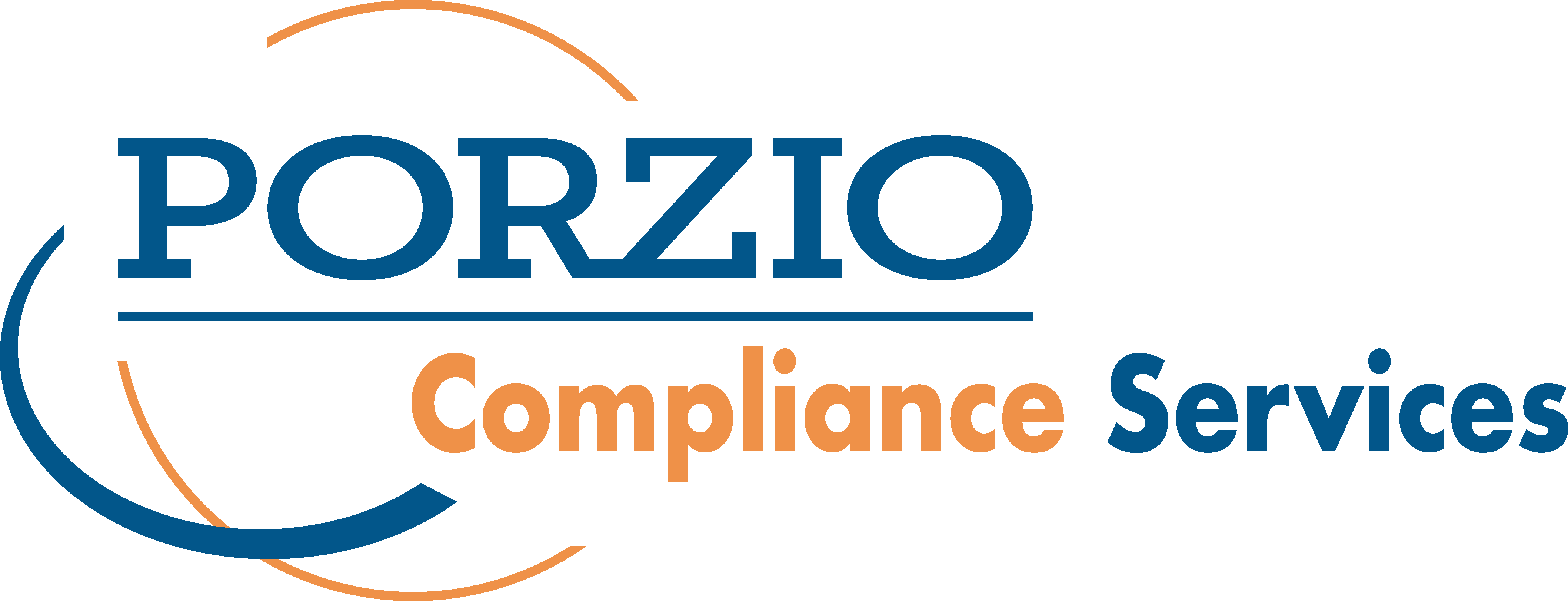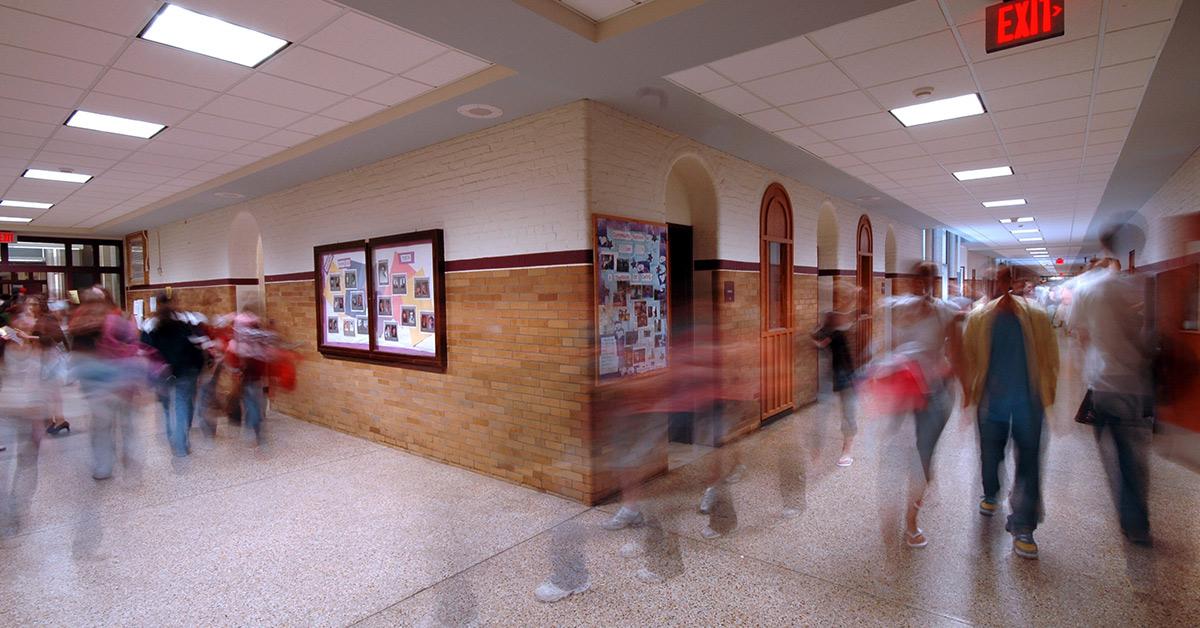On August 1, 2022, Governor Murphy signed legislation requiring New Jersey Public Schools, Charter Schools, and Renaissance Schools, commencing at the start of the 2023-24 school year, to develop and adopt policies for the establishment of threat assessment teams in their schools.
PorzioCS Launches New Cannabis Webinar Series
Feeling the growing pains? You’re not alone! While cannabis entrepreneurs have invested endless amounts of time and money into their businesses, so far the industry has painfully been held back by ever-changing rules and regulations. It can be hard to keep up! But we know you won’t let these “growing pains” hold you back from the success you deserve. That’s …
Empowering English Education: Meeting the ESL Challenge with CAL-SIOP
Statistics are not needed to show that the number of English learners in the United States is increasing every day.
School Threat Assessment Teams: Meeting the New Requirement
On August 1, 2022, Governor Murphy signed legislation requiring New Jersey Public Schools, Charter Schools, and Renaissance Schools, commencing at the start of the 2023-24 school year, to develop and adopt policies for the establishment of threat assessment teams in their schools.
U.S. BEA Mandatory Reporting and
Cross-Border Business Obligations in 2023
April 18, 2023
Cross-border business structures and transactions often trigger compliance and reporting requirements. Here is information on certain of those reporting requirements issued by the United States Department of Commerce’s Bureau of Economic Analysis (BEA):
The FBI, CISA, and the MS-ISAC released a Joint Cybersecurity Advisory, “StopRansomware: Vice Society”
Recently, the Federal Bureau of Investigation (FBI), the Cybersecurity and Infrastructure Security Agency (CISA), and the MultiState Information Sharing and Analysis Center (MS-ISAC) released a joint advisory regarding increased criminal activity directed toward information systems and student data of K-12 Schools.
Mandatory 2022 Reporting Obligations For Cross-Border Business Structures Or Cross-Border Transactions
Mandatory 2022 Reporting Obligations For Cross-Border Business Structures Or Cross-Border Transactions August 16, 2022 Authored by: Robert M. Schechter, JD and Maria Dermatis The United States Department of Commerce’s Bureau of Economic Analysis has published notice of proposed rulemaking in the Federal Register in connection with its issuance of 2022 BE-12 and BE-120 Benchmark Surveys. Responses to these Benchmark Surveys …
Governor Murphy Signs Legislation Requiring NJ Public Schools to Develop Threat Assessment Teams
August 2, 2022 Client Alert On August 1, 2022, Governor Murphy signed legislation (A4075/3229) requiring NJ Public Schools, including Charter Schools and Renaissance Schools, to develop and adopt policies for the establishment of threat assessment teams in their schools. According to the new law “the purpose of a threat assessment team shall be to provide school teachers, administrators, and other …
School Safety and Security Legislation Update
At the conclusion of the 2021-22 New Jersey Legislative Session, two pieces of legislation with direct connections to school safety and security were passed. In the aftermath of recent acts of school violence nationally and highly publicized hazing incidents in New Jersey, these new laws will impact the way school staff and students practice emergency responses and enhance reporting, investigation, compliance, and consequences for harassment, intimidation, and bullying incidents in schools.
Using Lessons Learned To Prevent School Violence
December 6, 2021 – For decades, school leaders, law enforcement officials, parents, students, and communities that have experienced tragic incidents of targeted violence in schools have provided insights, after-action reports, and “lessons learned” from their experiences. Government agencies, non-profit organizations, task forces, and researchers have convened to identify commonalities among these violent acts to develop best practices to prevent, respond to, and recover from violence in schools. After decades of research and advocacy for safer schools, acts of violence continue to go unmitigated despite an abundance of guidance on the subject.











